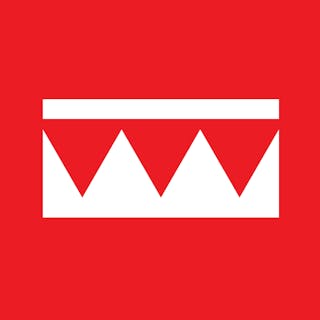5 client-agency relationship models will define the decade, says IPA
A new report from the Institute of Practitioners in Advertising (IPA) has specified five core relationship models governing effective marketing over the coming decade as it looks to help brands and agencies navigate an evolving consumer landscape.

5 client-agency relationship models will define the decade, says IPA
The Future of Brand and Agency Relationships, conducted by the Foresight Factory, cautions that each model has strengths and weaknesses, ways of working, remuneration and measurement as well as varying degrees of growth potential.
So what are the five dominant client-agency models?
-
Researchers identified common challenges and expected shifts in consumer behaviour over the next decade to derive their findings, the most important of which are an acceleration of virtual trends, new forms of value exchange and greater demand for empathetic brands.
-
These drivers could fuel increasingly consumer-centric messaging by brands and agencies, with purposeful communications designed to capitalise on the anticipated rise of multi-dimensional marketing.
-
Interviews with brand and agency experts surfaced five distinct models alongside their predicted growth potential to inform decision making.
-
Two approaches seen as offering moderate growth potential are ’The Titan’ and ’In-house’ models, which encompass the opposite extremes of choosing a single external body to provide all marketing or folding the vast majority of a brand’s marketing in-house.
-
This contrasts with more nuanced approaches which are seen as carrying ’significant’ growth potential; such as ’The Engineer’, where one body devises strategy and multiple other agencies execute the plan. Another promising line of attack is ’The Hybrid’, where a combination of in-house client services and external agencies handle strategy and execution.
-
’The Coalition’ model was seen as delivering low growth potential, a scenario in which brand strategy and execution is undertaken by several agencies.
-
Acknowledging that the future remains in flux, the report authors recommend an embrace of all five models as part of an interconnected ecosystem of brand and agency working relationships.
-
The IPA likens the five models to ”sitting on a pendulum, rather than as a static spectrum”, recommending switching between each based on specific brand and agency relationships as well as the demands of the client and the campaign.
-
This will only be possible if brands can draw upon the necessary talent, internal processes and working practices to navigate between each model.
Why it matters
-
The IPA credits its analysis with informing the future business strategies and growth of agencies, chiefly through the need to develop holistic consumer understanding, operational clarity, long-term strategy and agility.
-
The survey comes at a point of transition with many brands pivoting away from traditional agency models by drawing their creative output in-house, an approach now adopted by 57% of multinationals and exacerbated by the pandemic.
-
Outlining the true import of the report, IPA president Nigel Vaz remarked: “For agencies, it affords an opportunity to consider which business model will best suit them and help their clients to identify and realise value. For clients, it acts as a guide to which of their agency partners can help, how and when.”
-
Ending on a positive note, Vaz concluded that the current period of disruptive change presents an opportunity for agencies to become ”long-term and integral business partners to their clients, fundamental to their commercial success and sustainable growth”.
-
With in-housing on the rise, The Drum recently made sense of a confusing explosion of competing agency models by exploring how clients can set their internal teams up for success and the role external agencies play in promoting brand talent.
Content created with:

IPA
Find out more
